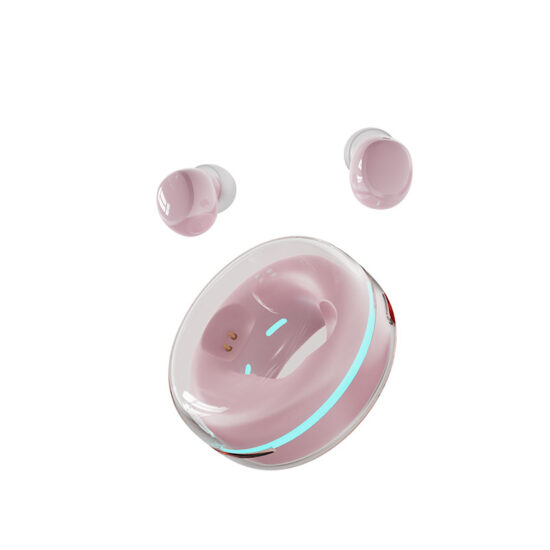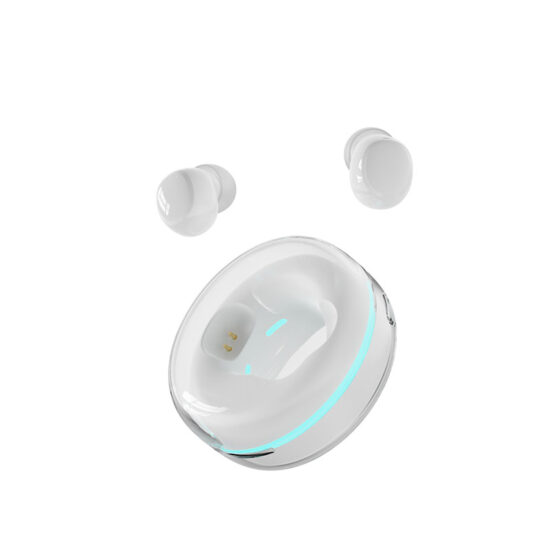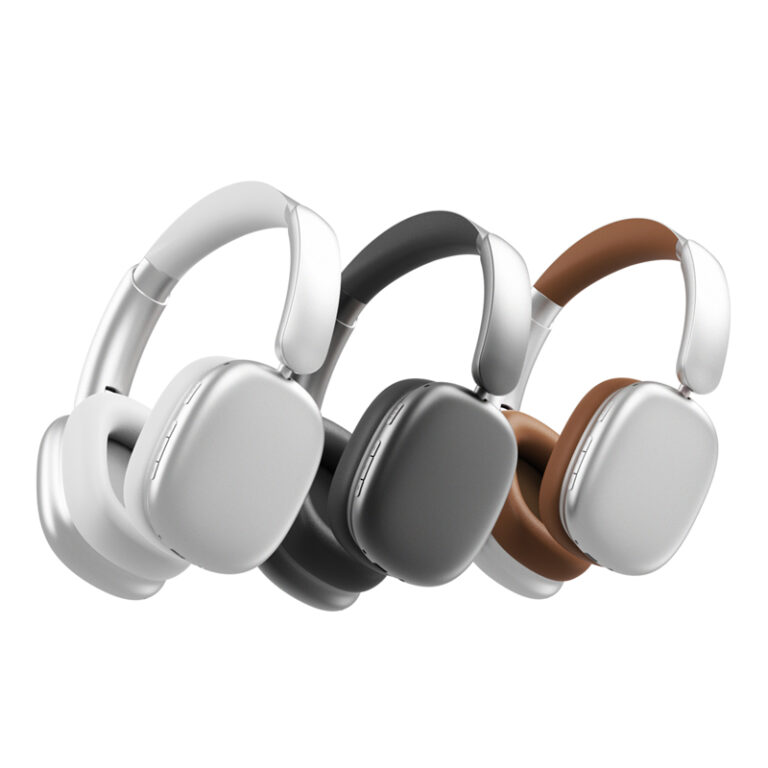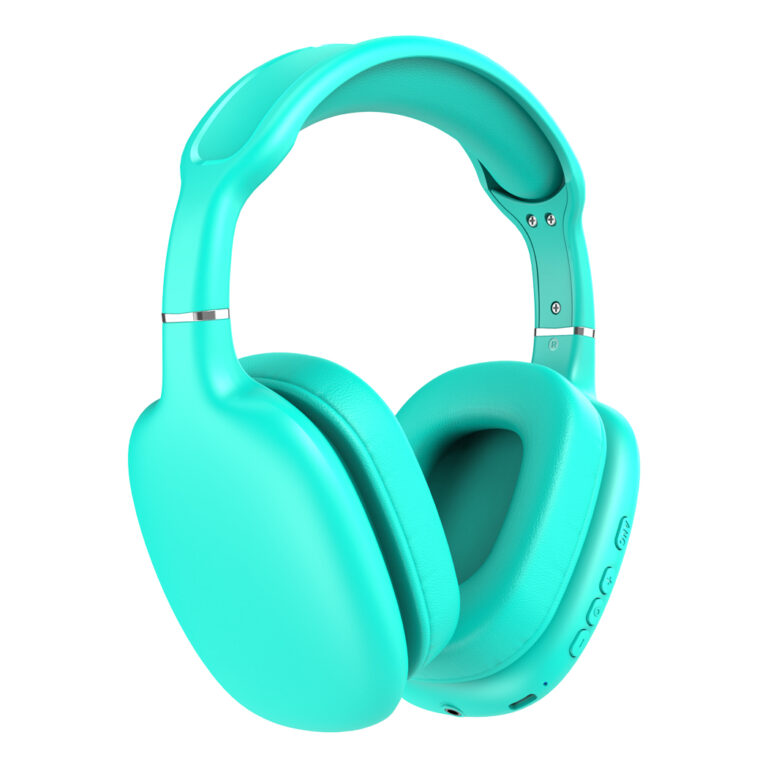jay@nbdho.com
Product Selection Guide for Cross-Border Hot-Selling Over-Ear Headphones
In the fast-growing world of cross-border e-commerce, selecting the right products is essential to succeed in competitive markets. Over-ear headphones remain one of the most sought-after electronics due to their superior sound quality and comfort. However, choosing the best-selling over-ear headphones for your cross-border store involves more than just picking popular models. This guide covers key factors to consider when selecting over-ear headphones that will perform well internationally.
1. Analyze Market Demand and Trends
Understanding global consumer trends is the first step in product selection. Over-ear headphones have gained popularity not only among audiophiles but also casual listeners, remote workers, and gamers. Track trending brands, features, and price segments in various target markets using tools like Google Trends, Amazon best-seller lists, and social media buzz. Features such as wireless connectivity, noise cancellation, and long battery life are currently driving sales. Aligning your product selection with these trends ensures relevance and boosts your chances of success.
2. Focus on Quality and Audio Performance
Cross-border customers expect high-quality products. Prioritize headphones with proven sound performance, including rich bass, clear mids, and crisp highs. Noise-cancelling features or passive noise isolation add significant value, especially in noisy environments. Ensure that the products you choose have passed international quality certifications (such as CE, FCC, or RoHS) to meet import regulations and build buyer confidence.
3. Evaluate Price Competitiveness and Profit Margins
Pricing plays a crucial role in cross-border e-commerce, where customers compare prices across global platforms. Select headphones that offer a good balance between quality and affordability. Consider shipping costs, customs duties, and local taxes when setting your retail prices to maintain attractive profit margins. Offering multiple price tiers, from budget-friendly to premium, can help capture a wider customer base.
4. Consider Brand Recognition and Customer Reviews
Well-known brands or models with strong positive reviews tend to perform better in cross-border markets. Buyers often rely on reviews and ratings to make purchase decisions, especially when buying from unfamiliar overseas sellers. Select headphones with high customer satisfaction scores and reliable seller ratings to reduce returns and complaints. Leveraging branded or semi-branded products can also enhance trustworthiness.
5. Assess Shipping and Packaging Logistics
Shipping fragile electronics like over-ear headphones requires careful consideration. Choose products with sturdy packaging to minimize damage during long-distance transit. Lightweight and compact designs help reduce shipping costs. Additionally, ensure your suppliers can provide drop-shipping services or fast dispatch times to meet customer expectations for timely delivery.
6. Adapt to Local Market Preferences
Different regions may have unique preferences regarding design, features, or certifications. For instance, some markets prioritize wireless models, while others prefer wired for audio fidelity. Color options, language support for user manuals, and warranty policies should be tailored to your target countries. Research local regulations and consumer behavior to optimize your product offerings accordingly.
7. Provide Comprehensive Product Information
In cross-border e-commerce, clear and detailed product descriptions, high-quality images, and informative videos are vital. Highlight key features such as battery life, connectivity options, and compatibility with devices. Including troubleshooting tips and warranty information in multiple languages can enhance the buying experience and reduce post-sale issues.





